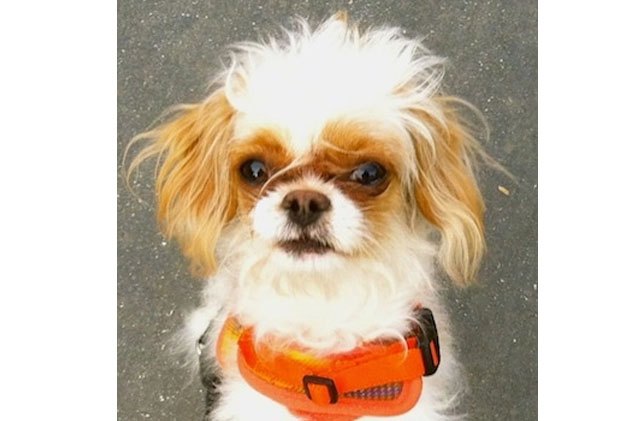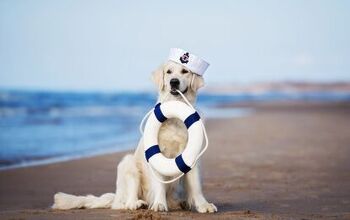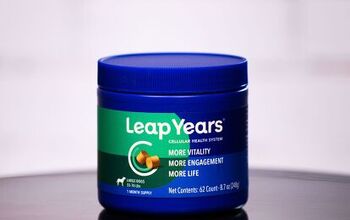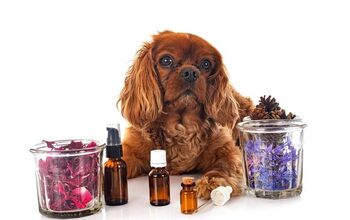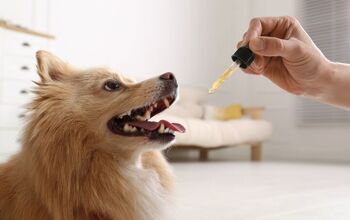Eng-A-Poo


About Eng-A-Poo
The Eng-A-Poo is also known as the English Toy Spoodle. This is a great canine breed for anyone looking for an intelligent, loyal, and loving companion who will be a lot of fun to be around.
To learn more about this hybrid dog and its needs, continue reading for some information that will help you determine if this pooch would be the right choice for you and your family.
The Eng-A-Poo is a cross between a purebred English Toy Spaniel and Poodle.
The Eng-A-Poo is a designer crossbreed whose origins aren’t entirely clear.
The Eng-A-Poo is a cross between a purebred English Toy Spaniel and Poodle.
Always search for a high quality dog food that is designed with canine health and wellness in mind, as that will provide your dog with all of the nutrition and energy he needs, without causing excessive weight gain.
For your small Eng-A-Poo, you can start by providing anywhere from ¾ cup to 1 full cup of dry dog food per day, but split this amount up into at least two servings throughout the day.
If you want, you can also provide your dog with a high quality canned dog food, but if you do that, adjust the amount of dry food that you are feeding in order to prevent unwanted weight gain. For example, you can reduce the amount of dry food by half and then provide a can of wet food instead.
If you have any questions about how much you should feed your Eng-A-Poo, talk to your vet.
Eng-A-Poos are smart little dogs, but they can be a bit shy when they first meet new people.
Because the Eng-A-Poo is a cross between the Poodle and the English Toy Spaniel, training can be easy or it could be moderately difficult.
The Poodle is a smart breed that is willing to please, making it easy to train. On the other hand, the English Toy Spaniel can be independent and may decide to ignore your commands, making training more difficult. Training will, therefore, depend upon which breed’s characteristics are more dominant in your individual dog.
English Toy Spaniels do, however, enjoy being around their owners, and they are willing to please, so as long as you use positive forms of training, you will succeed. Be patient, firm, and consistent, and use rewards and praise to encourage your dog to perform well.
A small-sized breed, the Eng-A-Poo weighs between 9 and 17 pounds.
Eng-A-Poos are smart little dogs, but they can be a bit shy when they first meet new people. Once they get to know you and they are comfortable around you, though, they make wonderful companions. These are loyal and loving dogs that are playful and a pleasure to be around.
These dogs will also get along with other dogs, and they can be socialized to get along with other pets and with children who know how to handle them properly. Young children who make a lot of noise and who are not gentle may overwhelm an Eng-A-Poo.
Because the Eng-A-Poo is a hybrid breed, it could potentially inherit some of the health conditions that commonly afflict its parent breeds. However, there is no way to determine an individual dog’s long-term health, and there is no guarantee that any dog will inherit any of the health problems of his parents’ breeds.
Nevertheless, it is a good idea to be aware of the health problems that can affect the Poodle and English Toy Spaniel so you can keep an eye out for the signs of these problems in your dog.
The English Toy Spaniel is prone to patellar luxation, patent ductus arteriosis, cleft palate, mitral valve insufficiency, seborrhea, cryptorchidism, retinal dysplasia, Legg-Calve-Perthes disease, umbilical hernia, open fontanel, fused toes, and hydrocephalus.
The Poodle is prone to Addison’s disease, gastric dilatation-volvulus, epilepsy, Cushing’s disease, hypothyroidism, hip dysplasia, patellar luxation, Legg-Calve-Perthes disease, progressive retinal atrophy, optic nerve hypoplasia, sebaceous adenitis, and Von Willebrand’s disease.
The Eng-A-Poo has an average lifespan of 10 to 15 years.
Compared to the energetic Poodle, the English Toy Spaniel is more laid-back and does not require as much exercise, so your Eng-A-Poo will likely require a moderate amount of activity. Give him plenty of toys to play with to remain occupied while indoors, and take him for a walk once or twice a day. You can also let him play with other dogs at the dog park, and you can give him some time to run and play in your enclosed backyard if you have one.
Eng-A-Poos are loyal and loving dogs that are playful and a pleasure to be around.
The Eng-A-Poo is not recognized by the American Kennel Club, as it is considered to be a hybrid breed. However, this breed is recognized by the Designer Breed Registry (DBR) and the International Designer Canine Registry (IDCR).
An Eng-A-Poo’s coat will depend upon whether he has acquired more Poodle characteristics or more English Toy Spaniel features. This low-shedding breed can feature a coat that can be straight, curly, or wavy.
Regularly grooming your Eng-A-Poo will be necessary to keep the coat smooth and clean. Simply brush your dog a few times a week, and give him a bath whenever he gets too dirty. You can also have a professional groomer trim the coat whenever necessary.
As with all puppies, the Eng-A-Poo should be treated with gentleness and kindness. Teach your kids to handle these dogs carefully, and start socializing and training your dog as soon as possible. In this way, he will grow accustomed to being around other animals and people, and he will grow to be confident and content.

Lisa Selvaggio is a freelance writer and editor, and our resident cats-pert, with certifications in pet nutrition and pet first aid. She enjoys producing content that helps people understand animals better so they can give their pets a safe and happy home.
More by Lisa Selvaggio



